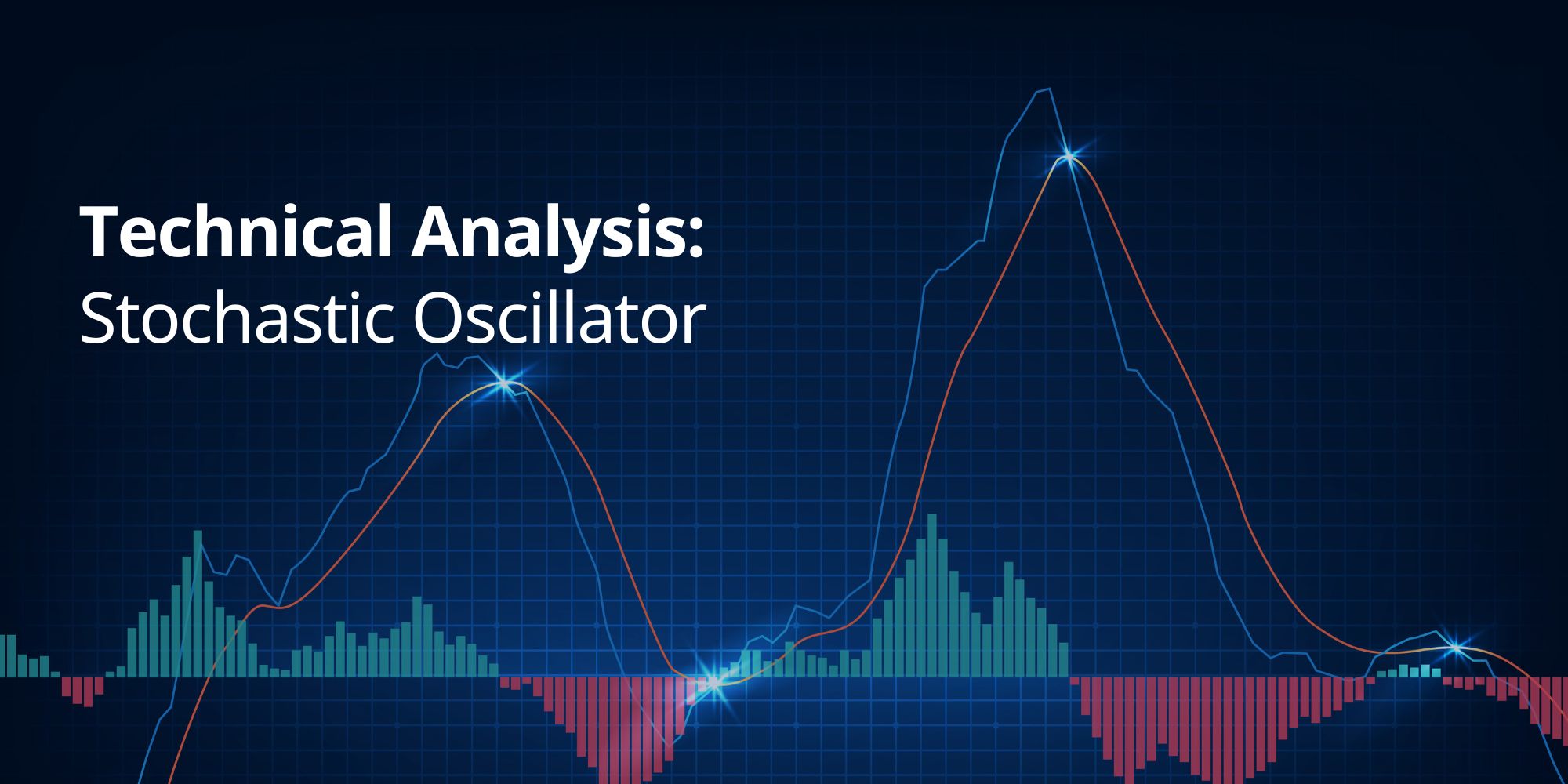Introduction
The Dow (US30) Jones Industrial Average (DJIA), often simply called “the Dow (US30),” is a widely recognized stock market index that tracks the performance of 30 large, publicly owned companies based in the United States. These companies are considered leaders in their industries and represent a significant portion of the U.S. economy.
This comprehensive guide from Plexytrade explores the Dow (US30)’s composition, how it’s calculated, and its relationship to other major indices like the S&P 500 and Nasdaq. Learn how to use the Dow (US30) as a tool for market analysis and investment strategies.
What is the Dow (US30)?
The Dow (US30) Jones Industrial Average (DJIA), often referred to as “the Dow,” is a widely recognized stock market index that tracks the performance of 30 major U.S. companies. It’s one of the oldest and most closely watched indices globally, providing valuable insights into market trends and investor sentiment.
The Dow (US30) comprises 30 blue-chip stocks (US30), which are shares of large, well-established, and financially sound companies. These companies represent various sectors of the U.S. economy, including technology, healthcare, finance, and consumer goods. Some of the prominent companies in the Dow (US30) include Apple, Microsoft, Johnson & Johnson, and Coca-Cola. Monitoring these companies offers you significant insights into the overall health of the U.S. economy.
Why is the Dow (US30) Important?
- Market Benchmark: The Dow (US30) serves as a benchmark for the overall health and performance of the U.S. stock market.
- Historical Perspective: As one of the oldest stock market indices, the Dow (US30) provides valuable context for understanding long-term market trends and cycles.
- Economic Indicator: The Dow (US30) is often seen as a barometer for the U.S. economy, reflecting the performance of major industries.
Who are the Dow (US30) members?
The Dow (US30) members consist of 30 prominent publicly owned corporations in the United States, selected for their significant impact on the economy. These companies represent a diverse range of industries, including technology, healthcare, consumer goods, and finance. Understanding the members of the Dow (US30) enhances your grasp of the index’s performance and its reflection of market trends.
ere are some of the most recognizable members of the Dow (US30):
- Apple (AAPL): A technology giant known for its innovative products and services.
- Microsoft (MSFT): A leading software and technology company with a strong presence in cloud computing and enterprise solutions.
- Johnson & Johnson (JNJ): A global healthcare company that develops pharmaceuticals, medical devices, and consumer health products.
- Coca-Cola (KO): A multinational beverage corporation with one of the world’s most recognizable brands.
How the Dow (US30)’s Composition Matters
The Dow (US30) is a price-weighted index, which means that companies with higher stock prices have a greater influence on the index’s value. This is why a $1 change in the price of a high-priced stock like Apple will have a larger impact on the Dow (US30) than a $1 change in the price of a lower-priced stock like Coca-Cola.
The companies included in the Dow (US30) are carefully selected to represent a diverse range of industries and reflect the overall health of the U.S. economy. While the composition of the Dow (US30) can change over time, it generally includes companies that have demonstrated long-term stability and growth potential.
Using the Dow (US30)’s Composition for Analysis
By understanding the companies that make up the Dow (US30), traders and investors can gain insights into:
- Sector Performance: The performance of individual Dow (US30) components can provide clues about the health of specific sectors of the economy.
- Market Trends: The overall trend of the Dow (US30) can reflect broader market sentiment and potential future direction.
- Economic Outlook: The performance of the Dow (US30) can be seen as a barometer for the overall health of the U.S. economy.
How is the Dow (US30) calculated?
The Dow (US30) Jones Industrial Average (DJIA), or simply “the Dow (US30),” is calculated using a unique method called price weighting. This means that stocks with higher prices have a greater influence on the index’s overall value.
Here’s a simplified breakDow (US30)n of how the Dow (US30) is calculated:
- Gather Stock Prices: Collect the current prices of all 30 stocks included in the Dow (US30) Jones Industrial Average.
- Sum the Prices: Add up the prices of all 30 stocks.
- Divide by the Divisor: Divide the sum of the prices by a special number called the “Dow (US30) Divisor.” This divisor is not a fixed number; it’s adjusted over time to account for stock splits, dividends, and other corporate actions that could affect the index value. As of December 2024, the Dow (US30) Divisor is approximately 0.1517.
Example:
Let’s say the combined price of all 30 stocks in the Dow (US30) is $6,000. To calculate the Dow (US30)’s value, you would divide this sum by the Dow (US30) Divisor:
$6,000 / 0.1517 = 39,551.81
Therefore, the Dow (US30) Jones Industrial Average would be approximately 39,551.81 in this example.
Why Price Weighting Matters
Because the Dow (US30) is price-weighted, a $1 change in the price of a high-priced stock will have a larger impact on the index than a $1 change in the price of a lower-priced stock. This is different from other indices, like the S&P 500, which are market-cap weighted, where the size of the company (market capitalization) determines its influence on the index.
Understanding this methodology provides insight into how market movements impact the Dow (US30). Investors often analyze the index as an economic indicator since it reflects the performance of major blue-chip stocks. Merely observing movement in the Dow (US30) offers essential clues about market trends and economic sentiment.
What is the difference?: The Dow (US30) VS S&P 500
The Dow (US30) Jones Industrial Average (DJIA) and the S&P 500 are both major U.S. stock market indices, but they have some key differences:
Composition:
- Dow (US30) Jones: Tracks 30 large, well-established U.S. companies, often considered “blue-chip” stocks.
- S&P 500: Tracks 500 of the largest U.S. companies by market capitalization, representing a broader range of sectors and company sizes.
Calculation:
- Dow (US30) Jones: Price-weighted, meaning higher-priced stocks have a greater influence on the index value.
- S&P 500: Market-cap weighted, meaning companies with larger market capitalizations have a greater influence.
Focus:
- Dow (US30) Jones: Often seen as a barometer for the overall health of the U.S. economy and the performance of large, established companies.
- S&P 500: Provides a more comprehensive view of the U.S. stock market, including both large-cap and mid-cap companies across various sectors.
Historical Perspective:
- Dow (US30) Jones: Created in 1896, making it one of the oldest stock market indices.
- S&P 500: Introduced in 1957, offering a more modern and diversified view of the market.
Performance:
- Dow (US30) Jones: Can be more influenced by the performance of a few large companies due to its price-weighted nature.
- S&P 500: Tends to be less volatile and provides a more stable measure of market performance due to its broader diversification.
Which Index is Right for You?
Both the Dow (US30) and the S&P 500 are valuable tools for investors and traders. The choice of which index to focus on depends on your specific needs and investment goals.
- Dow (US30) Jones: Useful for tracking the performance of large, established companies and gauging overall market sentiment.
- S&P 500: Provides a broader and more diversified view of the U.S. stock market, making it suitable for long-term investors and those seeking a benchmark for overall market performance.
What is the difference?: The Dow (US30) VS NASDAQ Stock Index
The Dow (US30) Jones Industrial Average (DJIA) and the Nasdaq Composite are both major U.S. stock market indices, but they have distinct characteristics that make them suitable for different purposes.
Composition:
- Dow (US30) Jones: Tracks 30 large, well-established U.S. companies, often considered “blue-chip” stocks, across various sectors.
- Nasdaq Composite: Tracks over 3,000 stocks, with a heavy emphasis on technology and growth companies.
Calculation:
- Dow (US30) Jones: Price-weighted, meaning higher-priced stocks have a greater influence on the index value.
- Nasdaq Composite: Market-cap weighted, meaning companies with larger market capitalizations have a greater influence.
Focus:
- Dow (US30) Jones: Often seen as a barometer for the overall health of the U.S. economy and the performance of large, established companies.
- Nasdaq Composite: Provides a broader view of the technology and growth sectors, reflecting innovation and trends in these industries.
Trading Characteristics:
- Dow (US30) Jones: Tends to be less volatile due to its focus on established companies in traditional industries.
- Nasdaq Composite: Can be more volatile due to its concentration in technology and growth stocks, which are often more sensitive to market sentiment and economic changes.
Investment Strategies:
- Dow (US30) Jones: Suitable for investors seeking stability and dividends from well-established companies.
- Nasdaq Composite: Appeals to investors seeking higher growth potential in technology and innovation-driven companies.
Which Index is Right for You?
Both the Dow (US30) and the Nasdaq Composite are valuable tools for investors and traders. The choice of which index to focus on depends on your specific needs and investment goals.
- Dow (US30) Jones: Useful for tracking the performance of large, established companies and gauging overall market sentiment.
- Nasdaq Composite: Provides a broader view of the technology and growth sectors, making it suitable for investors seeking exposure to these dynamic industries.
Conclusion
The Dow (US30) Jones Industrial Average is a valuable tool for traders and investors seeking to understand the U.S. stock market and make informed decisions. By tracking the performance of 30 major companies, the Dow (US30) provides insights into market trends, economic health, and investor sentiment.
Plexytrade equips you with the resources you need to effectively incorporate the Dow (US30) into your trading strategy. Our compatible advanced trading platforms, educational materials, and market insights empower you to:
- Analyze the Dow (US30)’s movements and interpret its signals.
- Understand the Dow (US30)’s composition and calculation methodology.
- Compare the Dow (US30) to other major indices, such as the S&P 500 and Nasdaq.
- Develop informed trading strategies based on market trends and economic conditions.
Ready to enhance your trading skills? Sign up with Plexytrade.com today and unlock the power of the Dow (US30) Jones Industrial Average.















